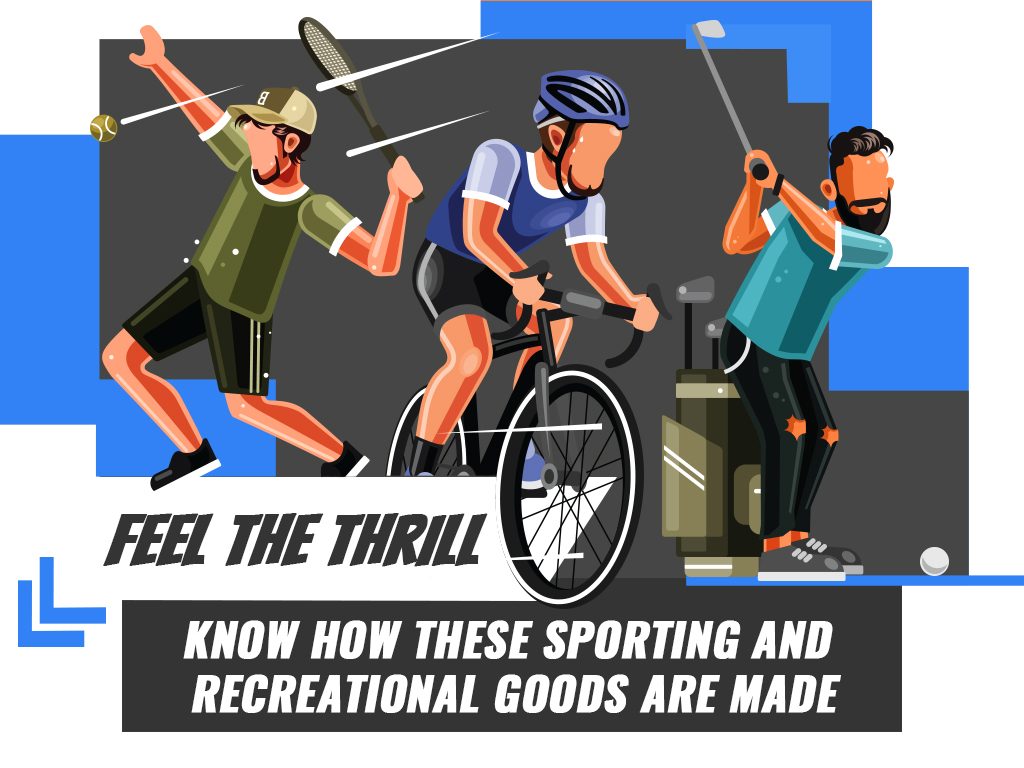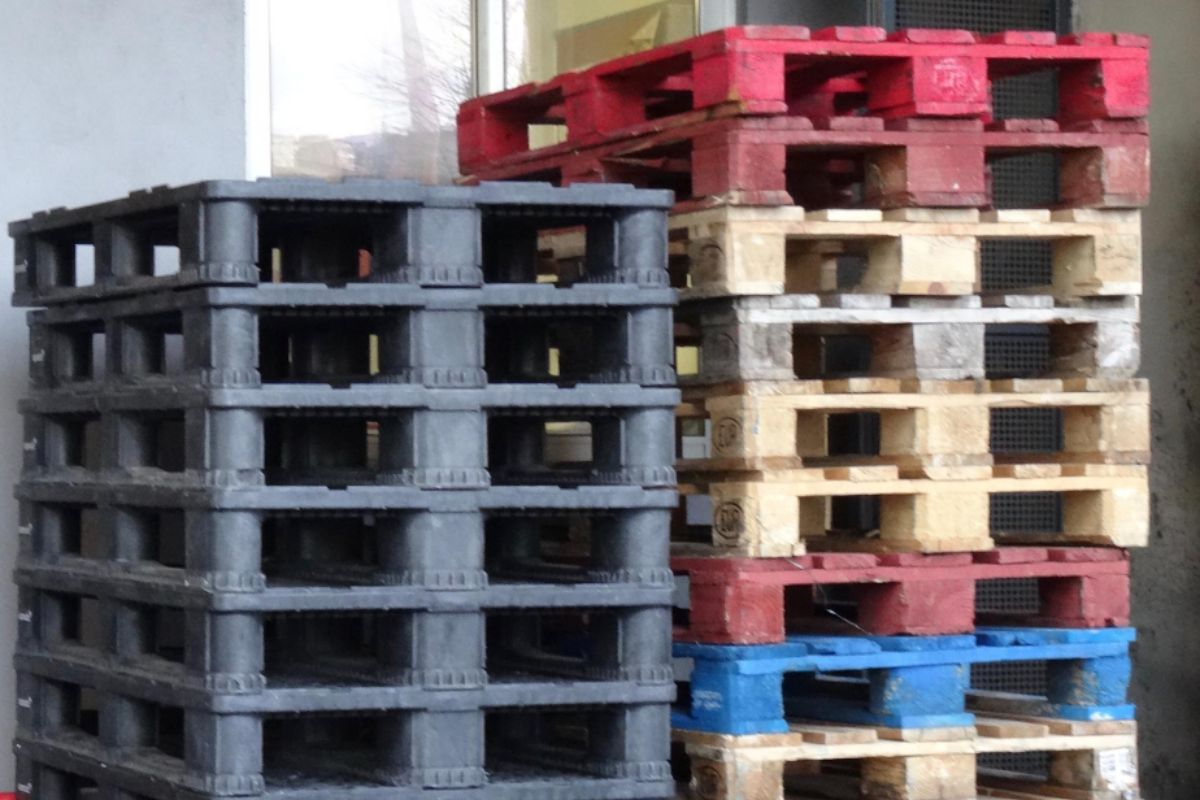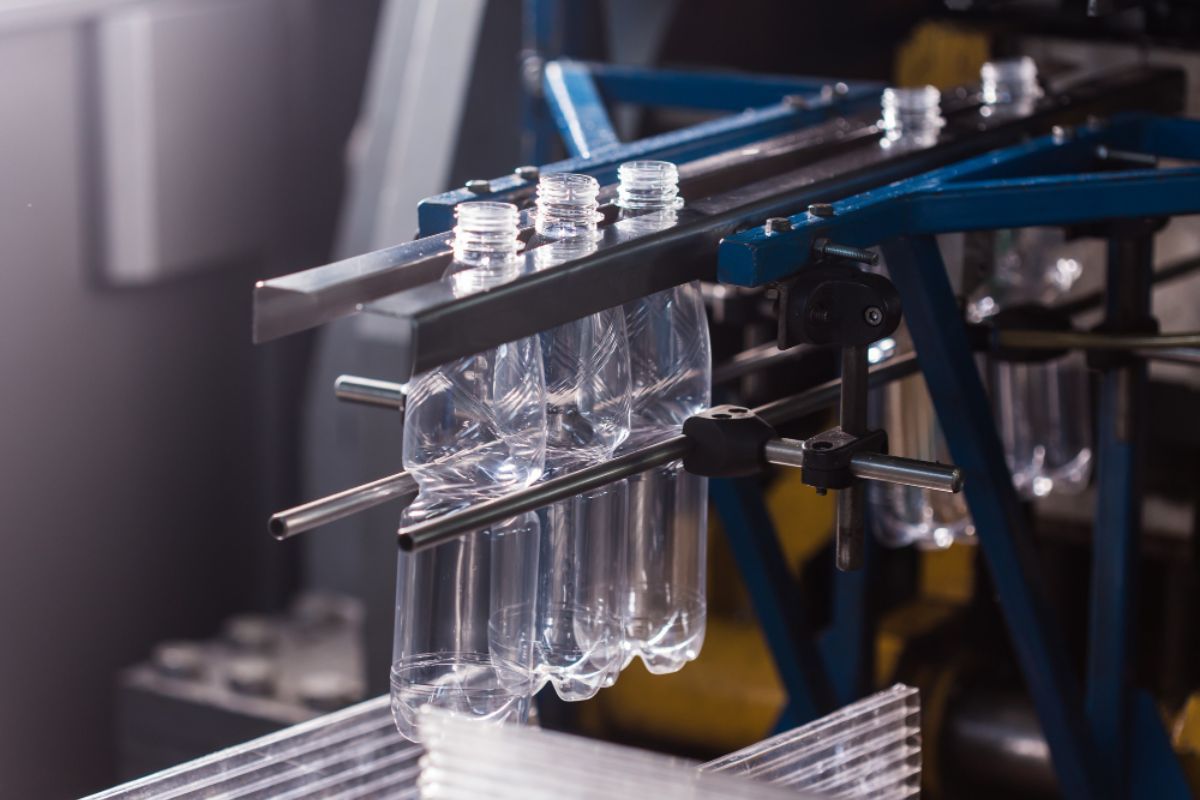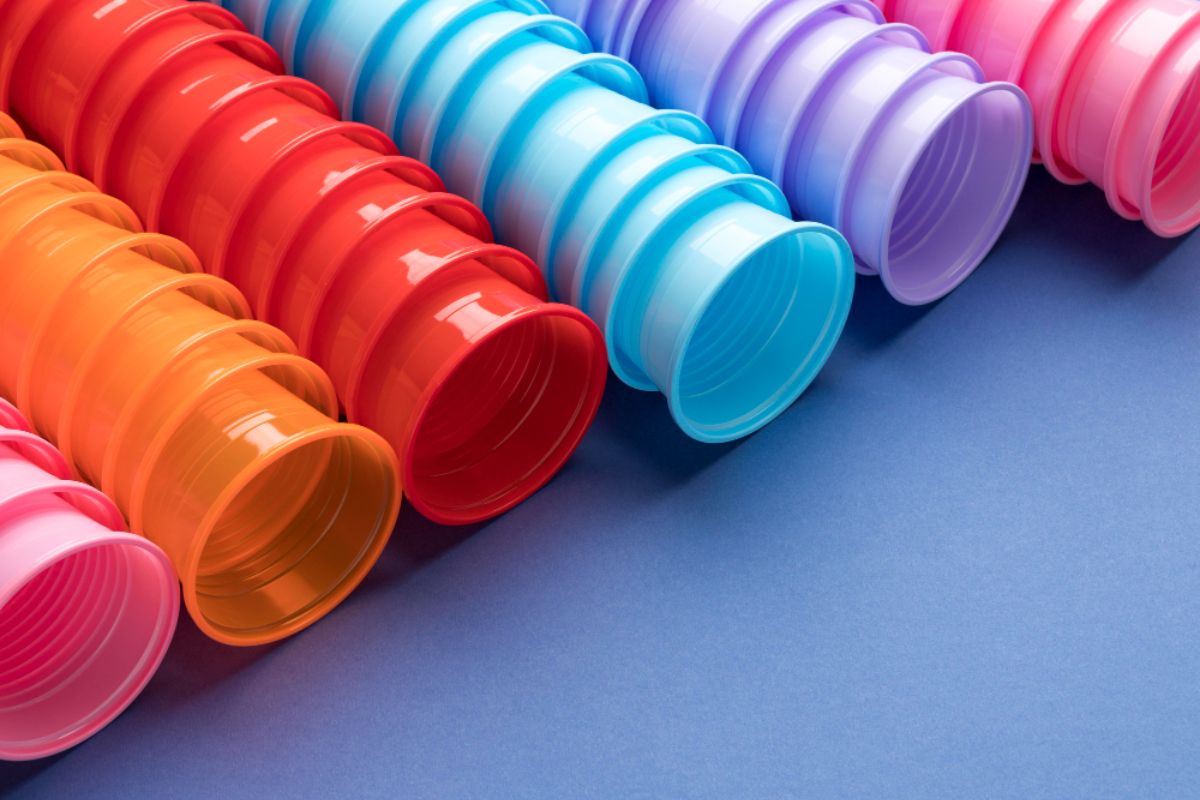Have you ever suddenly fallen off of your bike, only to be protected by your helmet?
Have you ever thought about how tennis rackets can be both lightweight and durable?
Have you ever wondered how golf balls can last for so long even after constant use?
The secret to the durability of sporting and recreational goods is a process called plastic injection molding in China. This process is used to create plastic products that need to be easy to handle, strong, and most importantly, reliable. Injection molding is used to manufacture all types of balls, rackets, and helmets used in sports.
Want to know how your favorite sporting and recreational goods are made through plastic injection molding? Read on!
How Tennis Rackets Are Made
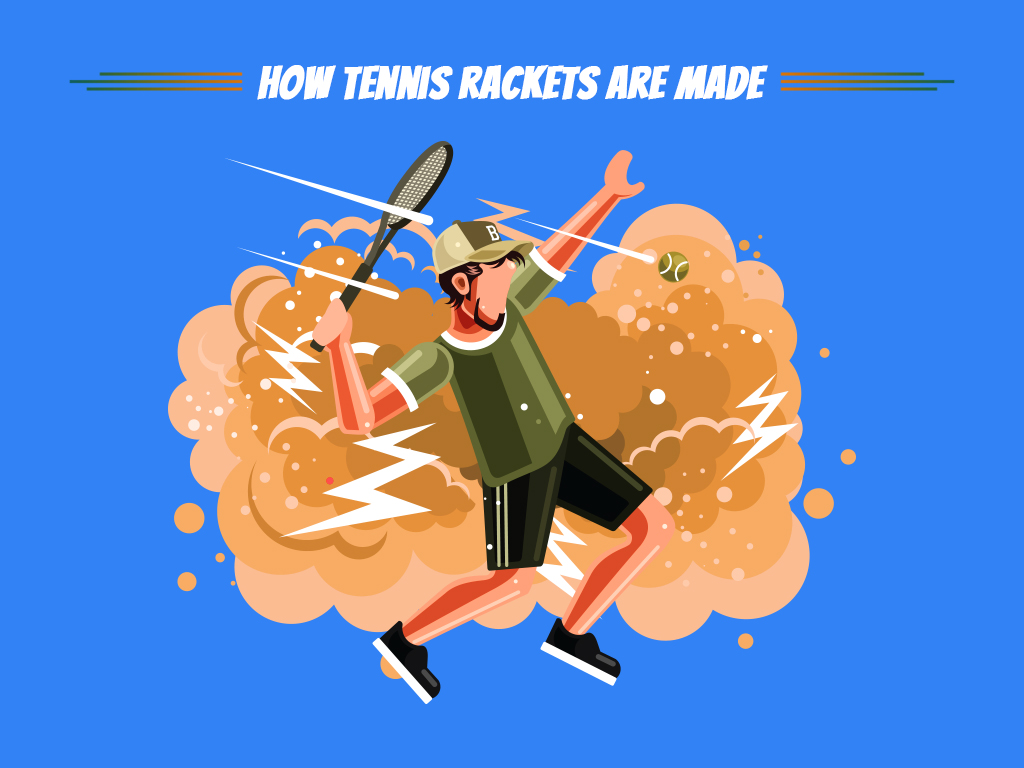
Tennis rackets need to be lightweight enough for an athlete to easily wield. They must also be strong enough to keep the strings tight as it makes contact with the tennis ball.
Composite tennis rackets refer to those molded from plastic and reinforced with strong fibers. Its hollow frame is made through the process of plastic injection molding in China.
Here is how a tennis racket is manufactured:
Step One: Forming The Frame
The frame of a tennis racket must be hollow. To make it so, a metal that has a low melting point is placed into the core of the mold. Melted plastic is then injected into the mold, which fills up the space and surrounds the metalcore.
After the product has cooled, it will be removed from the plastic injection molding machine. It is then brought to another machine and heated, causing its metalcore to melt and run out, leaving behind the hollow frame.
Step Two: Drilling and Sealing
After the hollow frame has dried and been inspected, it is brought to a drilling machine. This machine will drill string holes into the frame. After which, the rackets are brushed with a special coating and placed in a dryer. The coating process is repeated multiple times before the rackets get sanded.
Step Three: Stringing and Finishing
For the final steps, additional covers and bumpers are fixed into the rackets before they are stringed. To finish it all up, grip tape will be placed around the handle. The rackets are cleaned once more before they are inspected, packaged, and sent on its way.
Besides tennis rackets, golf balls also make use of specialty molds in order to create its signature design and style.
How Golf Balls Are Made
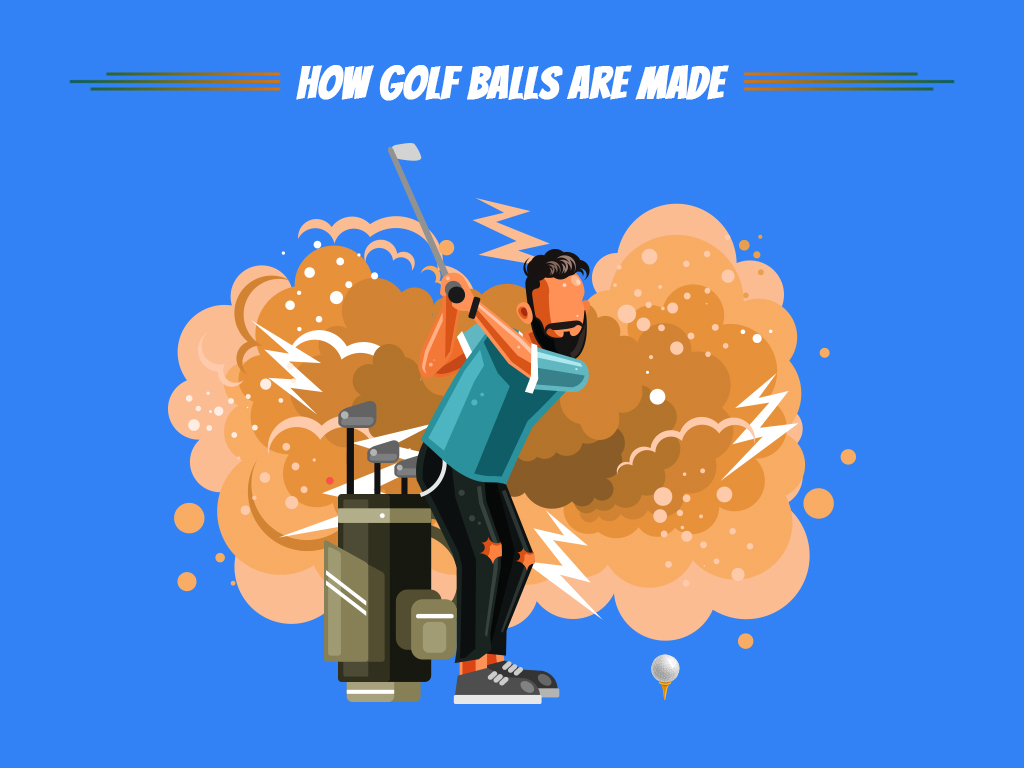
A 2-piece golf ball is made up of two layers: the core and the cover. The core is a high energy rubber that is specially designed to reduce spin and maximize distance. The cover is made of a plastic that improves the ball’s flexibility.
Through plastic injection molding in China, the covers of 2-piece golf balls are more durable than other styles such as 3-piece and 4-piece. This factor also increases the golf ball’s life span.
Here is how a golf ball is manufactured:
Step One: Forming The Center
The center of the 2-piece golf ball is a combination of various materials. Once combined, these elements form a rubber type compound. Once heat and pressure are applied, the core of the golf ball will then have taken its shape.
Step Two: Forming the Cover and Dimples
The cover and dimples of a golf ball are created through injection molding. The newly formed core is centered in a mold cavity. Melted plastic is injected into the mold, surrounding the core. Heat and pressure are applied to the cover in order to merge it with the core and create its dimpled shape. Once the plastic cools, the finished balls are moved to the next step.
Step Three: Polishing, Painting, Final Coating
Golf balls are then inspected and polished in order to remove any rough spots. Automated machines with spray guns coat the ball in paint twice. The final step applies a clear coating on the ball for and better shine and protection.
Step Four: Drying and Packaging
After the previous step is complete, the balls are loaded into containers and are placed in large dryers. After it has dried off, the balls will be packaged accordingly and sent to golfers around the world.
Another sporting good that needs to be durable are bicycle helmets.
How Bicycle Helmets Are Made
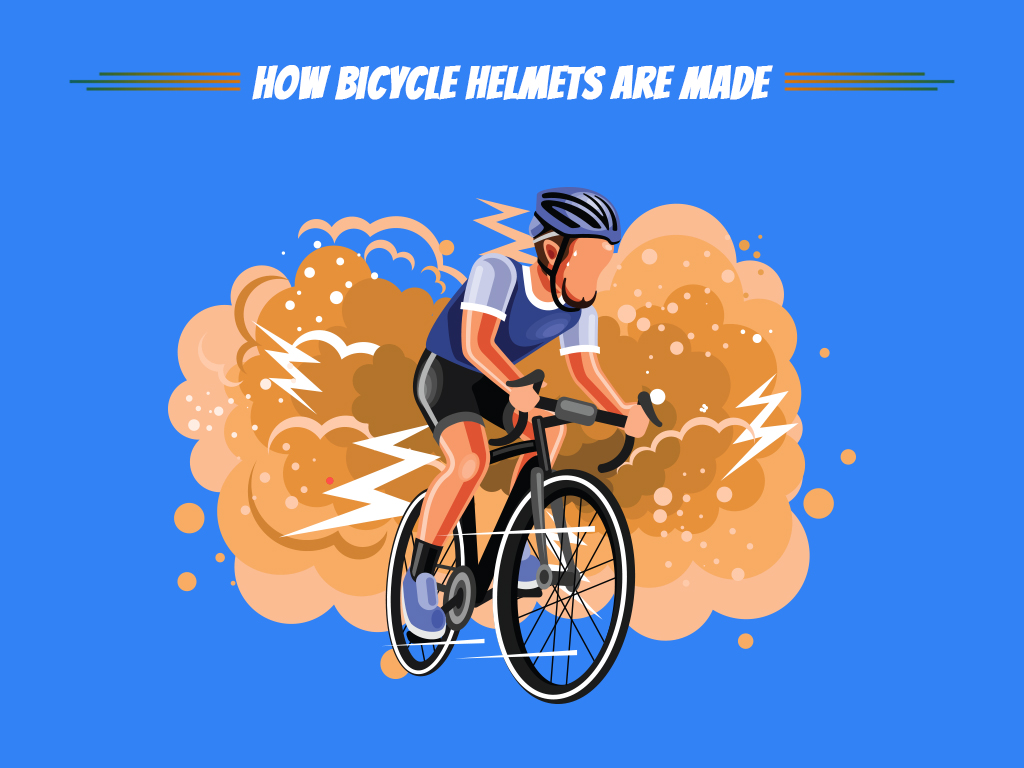
Bicycle helmets are made of a combination of three components: a hard outer shell, a compressible inner liner, and assorted straps and pads.
The hard exterior shells of bicycle helmets are made through plastic injection molding in China. As injection molding companies are able to make specifically shaped plastic products, these helmets can be made in a variety of styles and sizes.
Here is how a bicycle helmet is manufactured:
Step One: The Design Process
First and foremost, a design is sketched that takes into consideration the limitations of previous styles. Plastic injection molding companies make use of a system called a Moldflow Analysis. This analysis is able to detect any problems that may come up in the product’s designs. After which, the company makes the necessary changes in order to improve it.
Step Two: The Hard Shell
After the design has been finalized and the mold has been completed, the hard shell can then be made. Plastic pellets are fed into the plastic injection molding machine. Large screws apply heat and high pressure to the pellets, which effectively melts them to a liquid consistency. The machine then injects the plastic into the mold, forming the hard shell shape.
Step Three: Shell Painting and Decals
After the product cools and has been ejected from the machine, it goes on to be painted. The hard shell will be painted with the client’s design in mind. Spray-painting robots are utilized in order to maximize efficiency and lessen the painting time.
Step Four: The Inner Liner
In order to make the inner liner, polymer pellets are subjected to high pressure and high temperatures until they start to expand. Once they expand, they will fill a mold that will bond them together. These molds can create liners that differ in thickness, shape, and placement of vents.
Step Five: Straps, Pads, and Quality Check
Straps and pads from professional manufacturers are attached to the helmet. The products are then sent to get their safety and quality checked. After which, they are packed and shipped to awaiting customers.
Plastic injection molding in China can be used to create a variety of plastic products. These are just some of the sporting and recreational goods made stronger with this process.
Key Takeaway
Plastic injection molding in China crafts customized, durable, and lightweight products. Its utilization in the sports industry has been able to improve the performances of athletes across the world.
Lighter and more durable tennis rackets can improve the speed and strength of an athlete’s shots. Golf balls made of plastic and rubber lasts longer and gives improved flight performance. And finally, specially molded biking helmets are able to give athletes better protection in any terrain.
Besides sporting goods, injection molding is also used to create various other products.
Click here to learn more about plastics from other industries and plastic injection molding in China.
